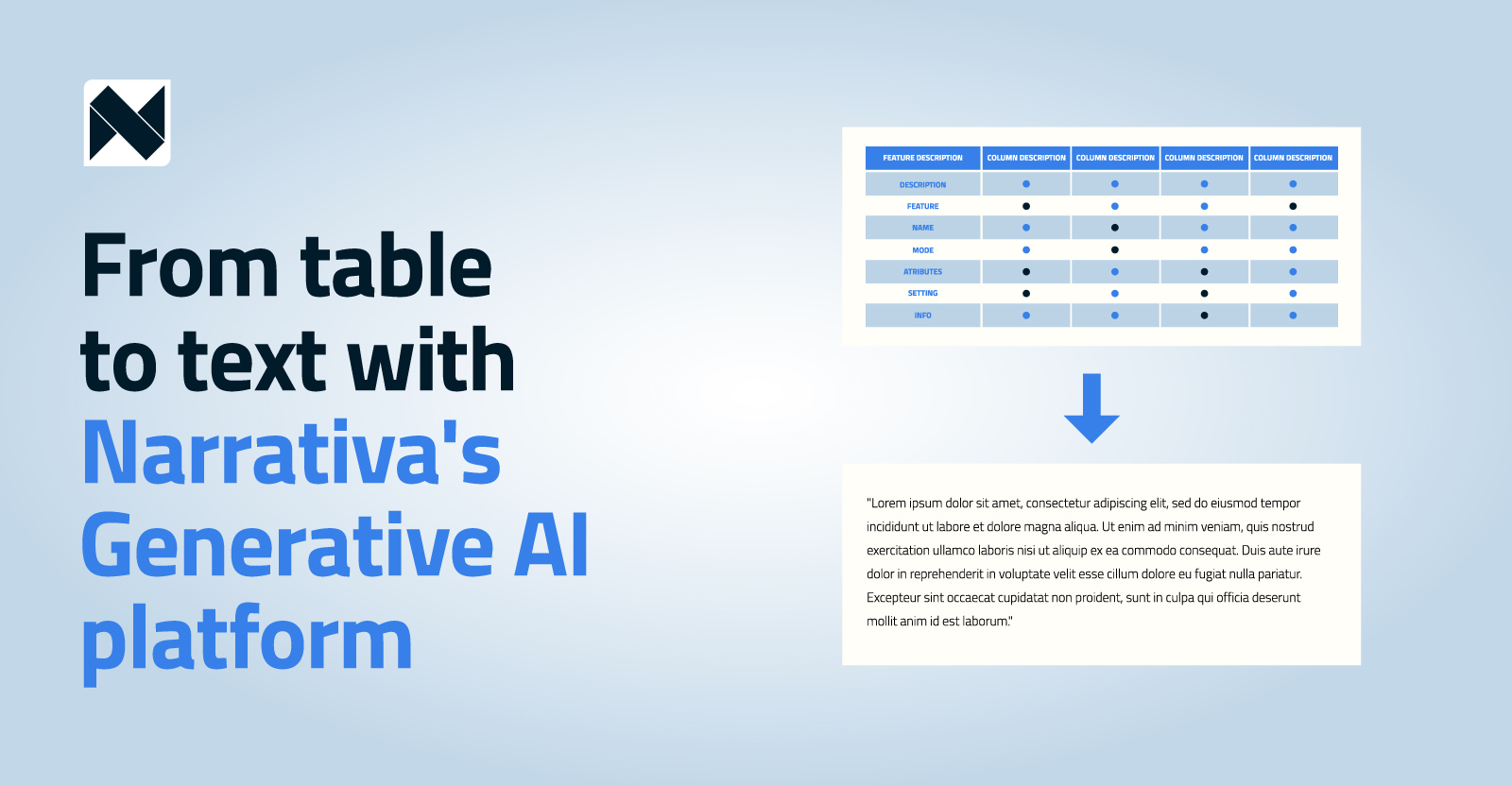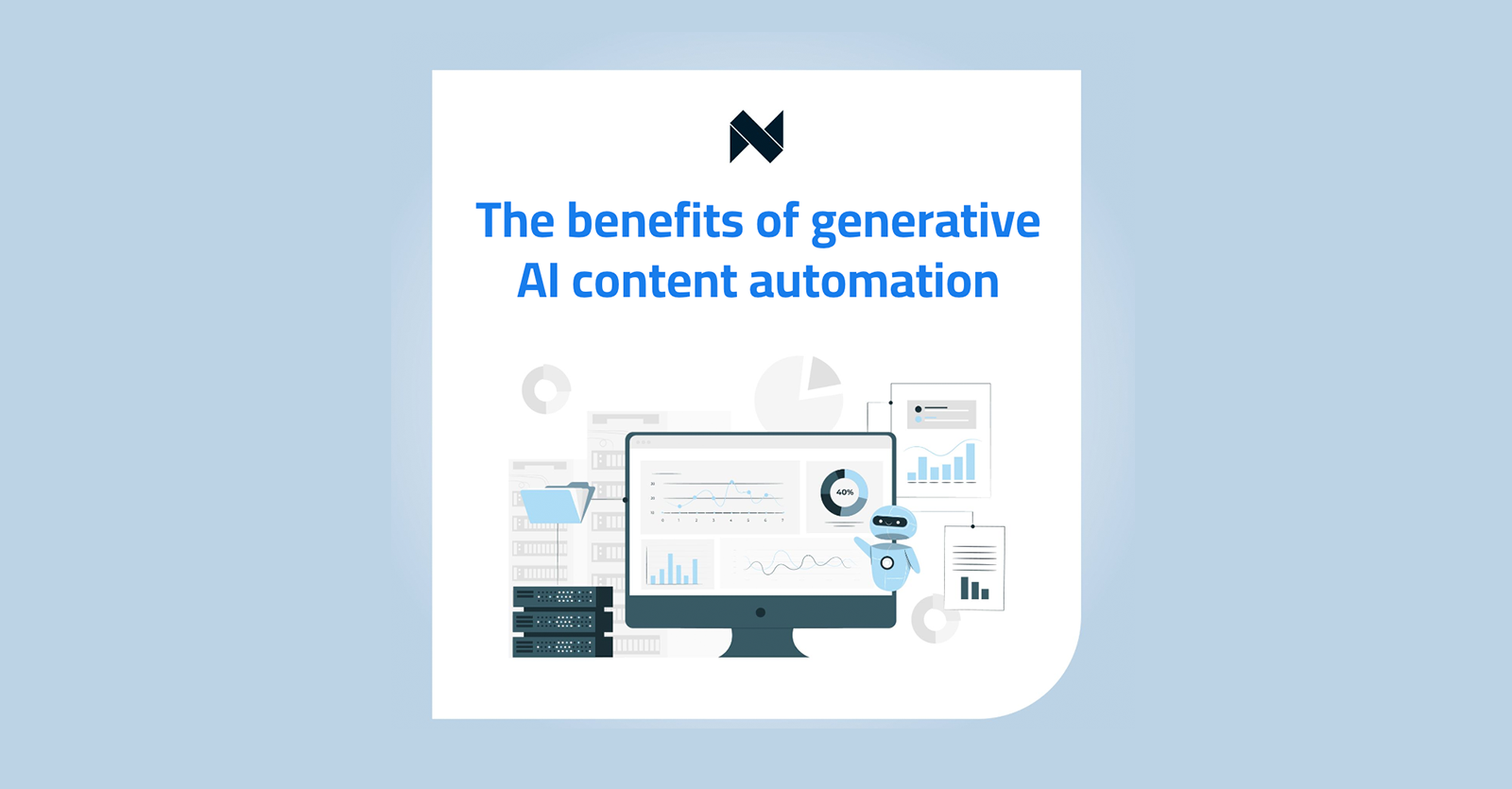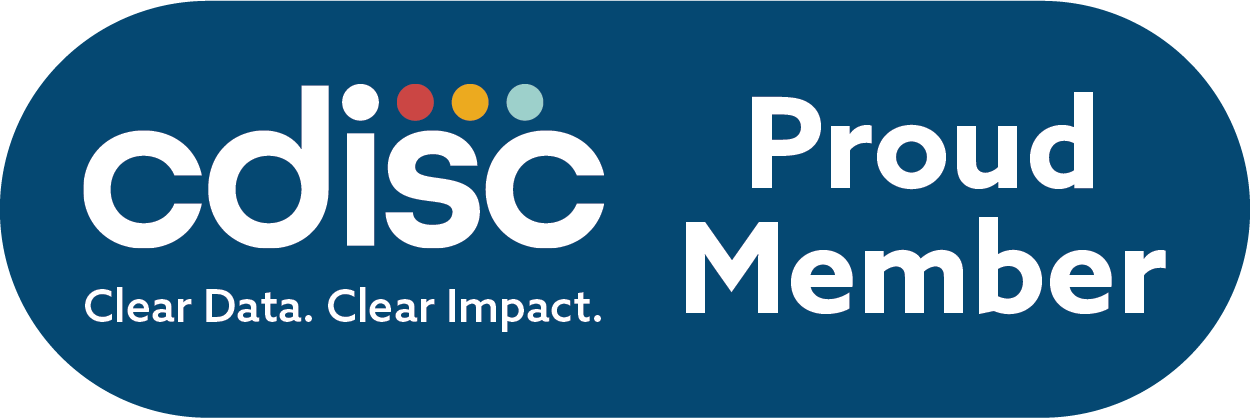June 19, 2020
What is GPT-2 technology?

By Narrativa Staff
In recent months there has been a lot of talk about GPT-2 technology for text generation, a language model that was developed by OpenAI (an initiative promoted by Elon Musk). But what does this artificial intelligence technology consist of?
History
The GPT language model first appeared in 2018 and the idea behind its creation was to find a technology that could learn from previously written text. In this way, it would be able to provide different alternatives for the completion of a sentence, saving a lot of work and delivering variability and linguistic richness in the text. And all this with no grammatical errors.
So, how does it do this? GPT technology is not a traditional natural language solution, but rather an artificial neural network with millions of parameters that it draws from. It needs large amounts of data to learn from so that it can properly understand the context to create the desired text.
The launch of its second version (GTP-2) in 2019 was not without controversy. The technology it used could also be used for the creation of fake news or for other fraudulent use, so the creators decided not to disclose their latest developments.
Regardless of the ethical issues, on a purely technological level the GPT-2 model surpassed the first version with 10 times more parameters (1.5 billion vs. 117 million). Then, in May the GPT-3 was launched, boasting 175 billion parameters; 100 times the size of its predecessor.
Advances
GPT technology looks unstoppable. A technology that can predict the next word in a sentence and generate narratives free of grammatical errors is capable of giving companies and organizations a way to obtain better results at a lower cost.
At Narrativa, content automation is a fundamental step toward achieving complete digital transformation. As a pioneer in generating news through artificial intelligence, Narrativa has gained a presence in the media. However, this is not the only sector that can benefit from this kind of technology.
Now more than ever, all businesses must have a presence in digital media, and the GTP-2 model can help them to do this; both in terms of product descriptions and in the sending of client proposals.
Narrativa and GPT
Narrativa utilizes various versions of GPTs as well as other models based on a client’s business needs and requirements. For example, we use GPT-3 as part of our natural language generation (NLG) technology suite to provide high-quality, reliable outcomes that have been tested across multiple layers to serve the needs of various industries, including Life Sciences.
Our natural language processing (NLP) and NLG tools are trained to understand a complex set of inputs that come from thousands of patients and millions of data points to automate regulatory submissions, such as clinical study reports (CSRs). By using NLP and NLG, our partner’s medical writing teams are able to save months in creating critical yet tiresome and repetitive documents and files, like patient safety narratives and Tables, Lists, and Figures (TLFs). Use our regulatory submission solutions to get your life-saving treatments to the market faster and direct your effort, time, and budget toward more critical business goals.
Don’t hesitate to get in touch to find out how the GPT-2 model can help your company.
Share







